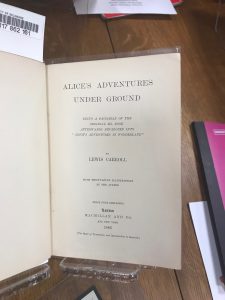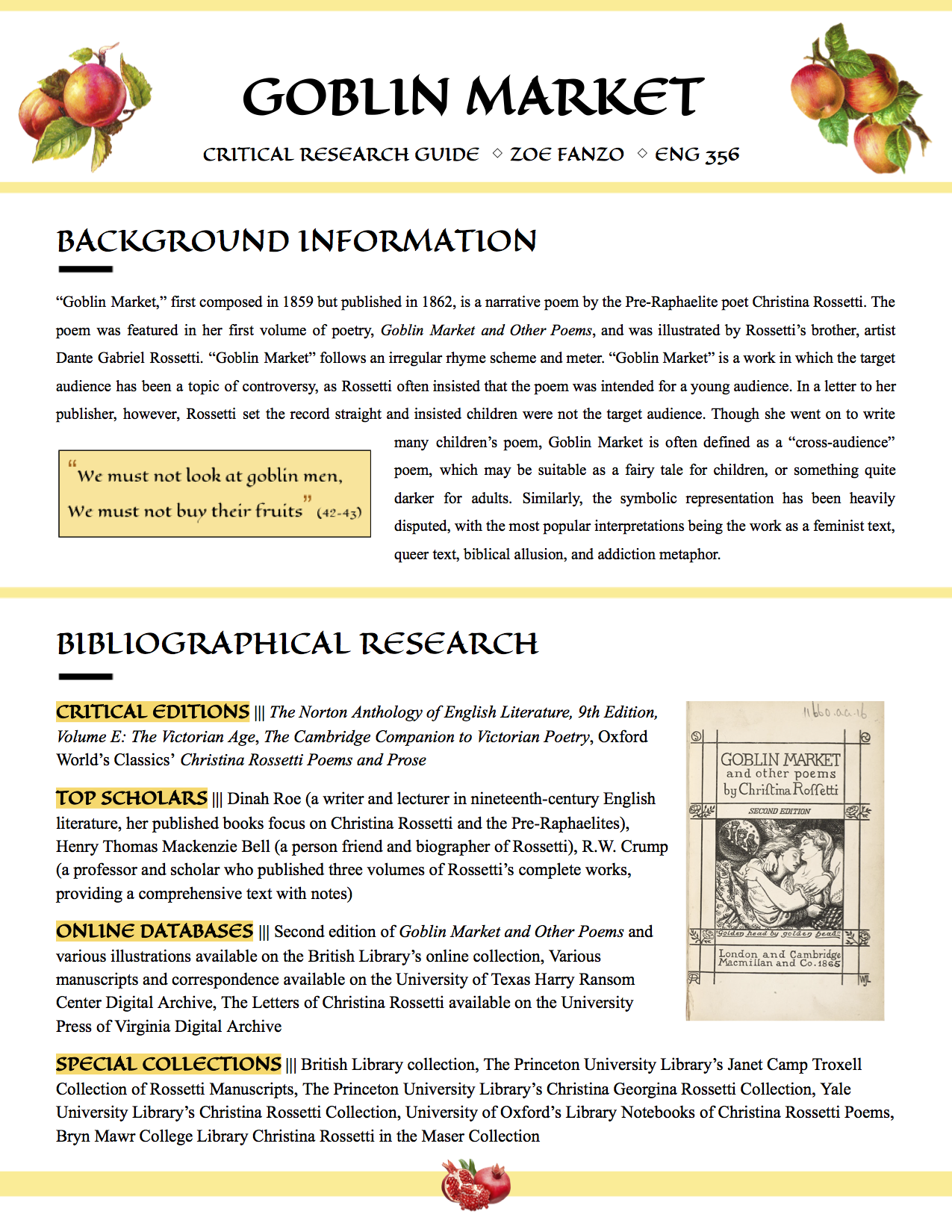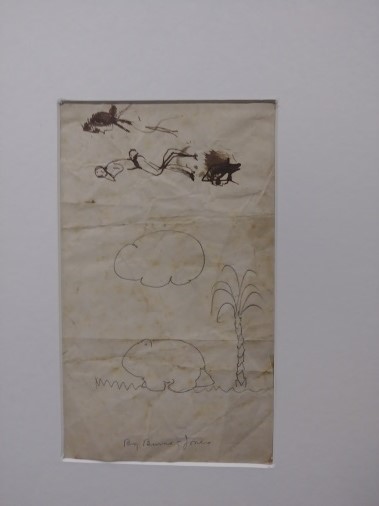

The published manuscript which features 37 illustrations by Caroll and instead of using a print press to produce the lettering, the text is printed in his very own handwriting. This immediately adds to the authenticity of the book and thus increases its rarity and thus its value. However, the book is associated with someone that Caroll knows, as it’s inscribed with a personal message which states:
“Mrs Arthur Lewis,
from the author,
January 1886”
When a rare book has been inscribed to someone that the author knows personally, the value of the book is decreased as opposed to when the book has been inscribed to another author. One must use the appraisal model as a whole in order to determine the valuation of a rare book. The official manuscript which is being held at the British Library, was held by Alice Liddell until 1928 until she was forced to sell it to cover the funeral costs for her husband. It was then sold at auction for £15,000 and then again purchased by wealthy benefactors from America who donated it to the British Library as a form of appreciation for their help during World War II.
The published manuscript which is currently being held at the University of Delaware in the Mark Samuel Lasner collection was in almost pristine condition and the binding showed little to no effect of weathering or deterioration. The binding was made of red cloth and sported a title that was stamped in gold in cursive handwriting. Due to extensive efforts to reduce the instance of fingerprints being transferred on to the pages, there were no marks on any of the pages. Unlike the original manuscript, the published version does not include the portrait of Alice Liddell on the final page of the original notebook. Perhaps Carroll decided to remove this from the published version because it would be less personal since the story was entirely dedicated to Alice.
As for the production of the book itself, the whole process would have been expensive. The first page of the published manuscript states the price of that book which was valued at 4 shillings. For a regular wage worker in the 19th century, 4 shillings would have been worth an entire day’s wage which puts the book at an extremely high value. To imitate each and every letter of Carroll’s handwriting into the mold that would be used as the type would have also been a highly time consuming and detailed procedure.
Manuscript analysis has entirely changed the way we view books because it tells us a story beyond the story. It can bring about a new world of meaning into what the author’s thought processes were when writing a book and offers a different perspective of work that the author would have put in into producing a book. Unlike the texts that are in regular circulation today, manuscripts bring about a level of authenticity that can’t be observed from a material text version. One is not able to view any markings, word changes, revisions or drafting that an author would have undergone before producing the final product. We can begin to appreciate the level of dedication that must be put in to writing a book as it isn’t just a one-person process which is the way it is often wrongly perceived to be.






